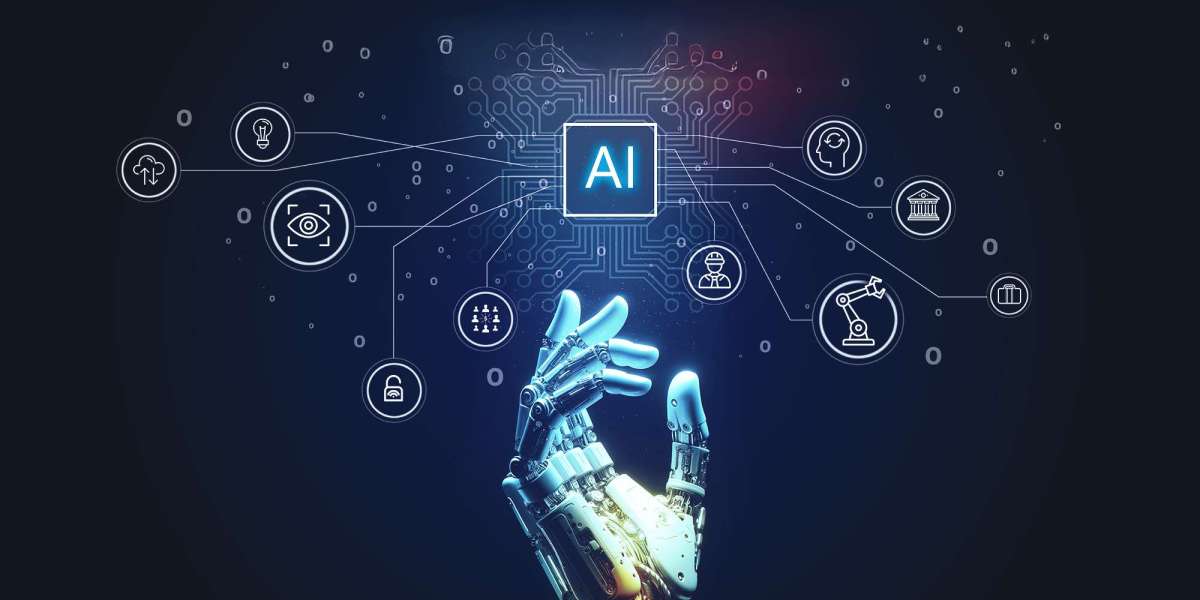Introduction: The Rise of AI-Generated Content
In recent years, artificial intelligence (AI) has revolutionized content creation, writing articles, generating images, composing music, and even producing videos. While these technologies offer unprecedented productivity, they also blur the lines between human creativity and machine-generated content. This has created a growing demand for tools like the AI Detector and KI Detector, which help identify whether a piece of content has been produced by artificial intelligence.
What is an AI Detector?
An AI Detector is a software or algorithm designed to analyze content—such as text, images, or audio—and determine whether it was generated by an artificial intelligence model. These tools examine linguistic patterns, syntax, data structures, and other AI-specific characteristics to identify machine-generated content.
Key Functions of an AI Detector
Analyze writing style and sentence structure.
Identify patterns consistent with AI-generated outputs.
Compare content against known AI model databases (e.g., GPT, BERT, LLaMA).
Provide a probability score indicating the likelihood of AI involvement.
What is a KI Detector?
A KI Detector serves the same purpose but is often optimized for German language content. With the rise of German-language AI models and localized content creation, KI Detectors have become essential tools in education, publishing, and legal compliance in German-speaking countries.
Main Functions of a KI Detector
Detect AI-generated German texts or translated content.
Analyze grammar, tone, and sentence flow in German syntax.
Support multilingual detection for international content audits.
Why Are AI and KI Detectors Important?
The importance of AI and KI Detectors stems from the rapid adoption of AI in various sectors. Here’s why they matter:
1. Ensuring Academic Integrity
Educational institutions use AI Detectors to identify whether students have submitted essays or assignments written by AI tools like ChatGPT or Jasper. This helps maintain fairness and originality in academic assessments.
2. Preserving Journalistic Standards
News agencies and publishers rely on detectors to ensure that articles and opinion pieces are human-authored and fact-checked, not generated by AI without oversight.
3. Fighting Fake News and Misinformation
AI-generated deepfakes and fake articles can spread false narratives quickly. Detectors help flag suspicious content before it misleads the public.
4. Protecting Intellectual Property
Detecting AI-generated content is crucial in fields where originality is protected by copyright, such as literature, marketing, and art.
5. Supporting Cybersecurity Efforts
AI Detectors assist in identifying synthetic phishing emails, deepfake voice messages, and fake chatbot interactions, strengthening digital security frameworks.
How Do AI and KI Detectors Work?
Though specific algorithms vary, most AI and KI Detectors follow a few core processes:
1. Linguistic Pattern Recognition
AI-generated text tends to have consistent syntax, lack of emotional nuance, and repetitive phrasing. Detectors scan for these attributes to determine the likelihood of AI authorship.
2. Probability Scoring
Instead of providing a binary "AI or not," most tools return a probability score—e.g., “72% likelihood this text was AI-generated.”
3. Model Comparison
Advanced detectors compare the input content with pre-existing databases of known AI outputs, looking for matching text structures, formatting quirks, or common phrases.
4. Metadata and Digital Signatures (For Images/Audio)
In image or audio files, AI Detectors check metadata and digital fingerprints left by AI generators like DALL·E, Midjourney, or ElevenLabs.
Popular AI Detector Tools on the Market
1. OpenAI AI Classifier
Developed by the makers of ChatGPT, this tool identifies AI-generated English texts. However, its accuracy varies depending on text length and complexity.
2. GPTZero
Focused on education, GPTZero helps teachers spot AI-generated essays and assignments.
3. Originality.AI
A premium tool used by content marketers and SEO experts, Originality.AI can detect AI-generated blog posts and marketing copy.
4. Copyleaks AI Content Detector
This tool provides multilingual detection, supporting both English and German, making it useful as a KI Detector.
5. Sapling AI Detector
Primarily used in corporate communications to verify internal documents for authenticity.
Real-World Applications of AI and KI Detectors
Education
Universities and schools use these tools to promote academic honesty and curb plagiarism.
Journalism and Publishing
Publishers verify that articles, reports, and press releases are authentically human-created, maintaining editorial standards.
Corporate Environments
Companies verify that important internal memos, policy documents, and training manuals haven’t been mass-produced by AI without human oversight.
Cybersecurity and Fraud Prevention
KI Detectors help detect fraudulent communications in German-speaking regions, while AI Detectors are used globally in phishing email and chatbot analysis.
Social Media Platforms
Platforms like Twitter, YouTube, and TikTok incorporate AI detection algorithms to identify deepfake videos and AI-generated spam content.
Challenges and Limitations of AI and KI Detector
Despite advancements, these tools face certain challenges:
1. Evolving AI Models
AI models like GPT-4 and LLaMA are becoming increasingly human-like in their writing style, making detection more difficult.
2. False Positives and False Negatives
Sometimes, AI Detectors incorrectly flag well-structured human writing as AI-generated, or they fail to detect highly nuanced AI text.
3. Language Limitations
Many AI Detectors are optimized for English, while KI Detectors for German, Spanish, or French still lag in sophistication.
4. Lack of Industry Standards
With no unified detection protocols, the accuracy of different tools varies widely. This makes it hard for users to rely on a single detector.
Future Trends in AI and KI Detection
Multilingual Detection Expansion
Expect future detectors to handle multiple languages natively, making them more versatile in global markets.
Real-Time AI Detection
Detectors will soon be integrated into email servers, word processors, and social media platforms to provide real-time AI content detection.
Blockchain Verification
Blockchain-based digital certificates may help verify that content was created by a human author, creating an additional layer of trust.
AI-Powered Detectors
Ironically, future AI Detectors will themselves be powered by machine learning models, constantly adapting to new AI generation techniques.
Ethical Considerations in AI and KI Detection
With great power comes great responsibility. The widespread use of AI Detectors raises important ethical questions:
Should AI-generated content be disclosed automatically?
What are the consequences for individuals falsely accused of using AI to create content?
How transparent should detector algorithms be to the public?
Ensuring fairness, transparency, and privacy in detection tools is critical for their ethical use.
Conclusion: Embracing AI Detection for a Trustworthy Digital Future
As artificial intelligence continues to transform content creation, tools like the AI Detector and KI Detector are essential for maintaining authenticity, trust, and integrity in the digital world.







